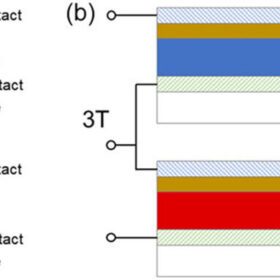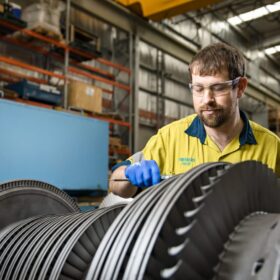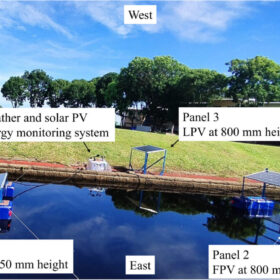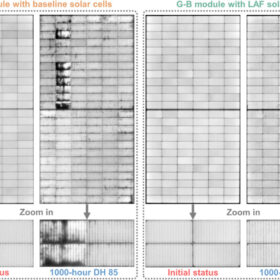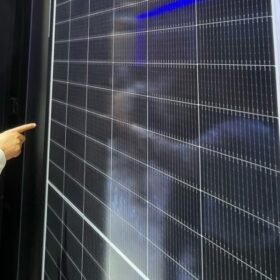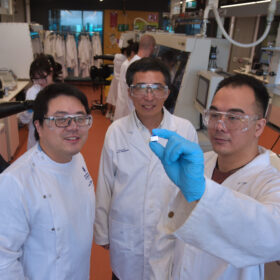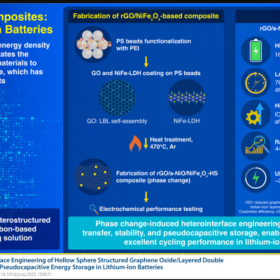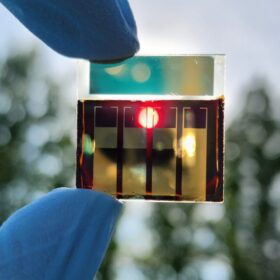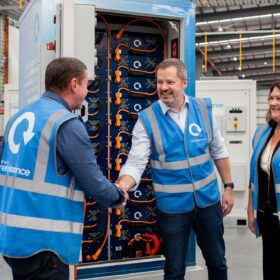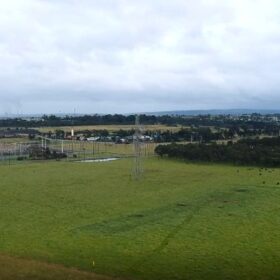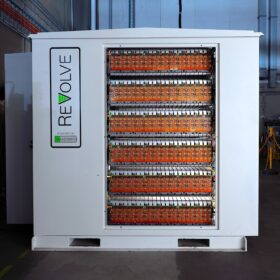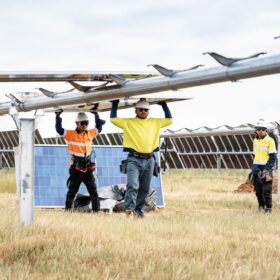Top-cell transparency remains critical challenge for tandem solar cells
New research has shown how improving top-cell transparency and performance remains key to the commercialization of tandem perovskite-silicon solar cells, as well as for all other types of tandem devices. The analysis demonstrated, in particular, that the top cell must achieve higher single-cell efficiency to compensate for reduced transparency.
Sydney researchers develop new approaches to PV circular economy
Researchers at two Sydney universities have developed 24 new ways of evaluating the circular economy of PV modules to identify the merits of various strategies based on current and future energy, materials and silver use.
Siemens Energy applauds progress but calls for realistic transition solutions
Siemens Energy Australia’s Samuel Morillon says the country’s energy transition is progressing very well, but believes in realistic solutions to ensure reliability in the grid, and that future energy sources like renewable hydrogen will take time to mature.
Testing reveals height benefits of floating PV
Scientists have tested the performance of floating PV panels at a height of 800 mm and 250 mm above their floating structures. Their thermal and electrical performance was compared to that of a reference land-based system and the highest panel was found to show the greatest cooling effect.
EVA-induced degradation has significant impact on power losses in TOPCon solar modules
New research from UNSW shows EVA-encapsulated TOPCon solar modules under damp-heat testing can suffer significant power losses and fill factor drops. The study describes metallisation degradation mechanisms driven by EVA-generated contaminants and demonstrates the effectiveness of metallisation adjustments in reducing EVA-induced degradation rates
Longi achieves 34.85% efficiency for two-terminal tandem perovskite solar cell
The result was confirmed by the United States Department of Energy’s National Renewable Energy Laboratory (NREL).
University of Queensland sets tin halide perovskite cell efficiency record
University of Queensland researchers have pushed efficiency boundaries for tin halide perovskite cells, achieving a certified record of 16.65%, one percentage point higher than the previous best.
South Korean battery breakthrough using hybrid anode material
Researchers at two South Korean universities have collaborated to achieve a breakthrough in lithium-ion battery technology by developing a novel hybrid anode material.
Korean researchers achieve world record efficiency of 23.64% for flexible perovskite-CIGS tandem solar cell
Scientists at the Korea Institute of Energy Research claim to have achieved the highest efficiency ever reported for a perovskite-CIGS tandem solar cell with flexible, lightweight architecture. The device was also found to achieve “excellent” durability.
Cybersecure Australian-made residential battery launched in NSW
On the back of the federal government’s $2.3 billion home battery subsidy, a new CSIRO designed and Energy Renaissance-built residential battery has been launched at a New South Wales-based gigafactory.
